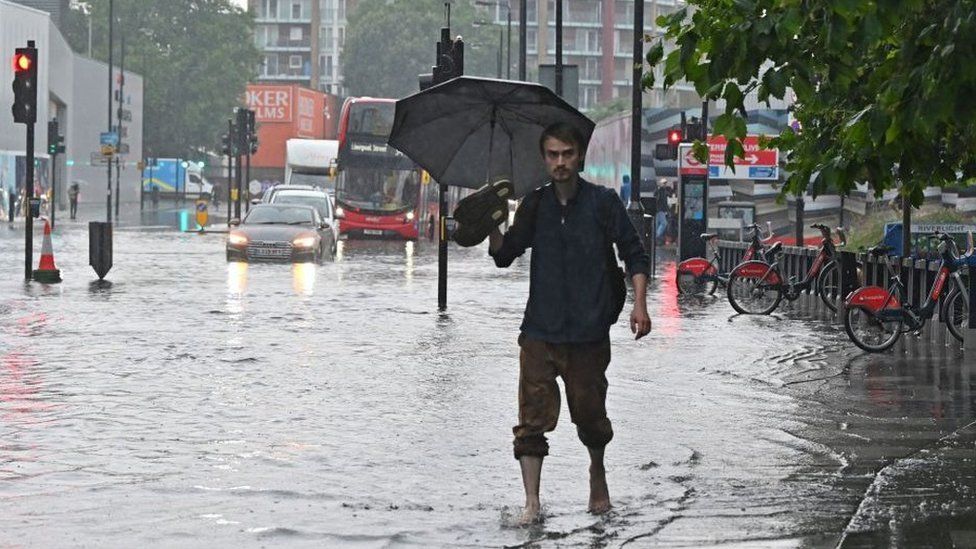
The city of Ya’an, known for its lush landscapes and historical significance, faced an unprecedented natural disaster as continuous heavy rainfall overwhelmed rivers and reservoirs, causing them to overflow. The relentless downpour began early Saturday morning and persisted throughout the day, inundating residential areas, farmlands, and infrastructure.
Local authorities quickly initiated emergency response measures, deploying rescue teams to the hardest-hit areas. Despite their efforts, the sheer volume of water and the rapid rise of floodwaters created significant challenges. Many roads were submerged, hampering the movement of rescue personnel and supplies. Helicopters and boats were used to reach isolated communities and evacuate stranded residents.
Witnesses described harrowing scenes of people clinging to rooftops and makeshift rafts, awaiting rescue amid the rushing waters. The floods not only swept away homes and vehicles but also caused landslides that buried entire sections of the city under mud and debris. The swift and unforgiving nature of the floods caught many by surprise, leaving little time for evacuation.
The Chinese government has declared a state of emergency in the affected regions, mobilizing additional resources to aid in search and rescue operations. Medical teams have been dispatched to provide care for the injured and to prevent the outbreak of waterborne diseases, which often follow such disasters. Temporary shelters have been set up to accommodate those displaced by the floods, offering basic necessities and psychological support.
As the search for the missing continues, authorities have urged residents to stay vigilant and heed warnings about potential further rainfall. Weather forecasts indicate a possibility of more rain in the coming days, heightening concerns of additional flooding and landslides. Efforts are underway to reinforce riverbanks and drainage systems to mitigate further damage.
The floods in Ya’an highlight the broader issue of extreme weather events becoming more frequent and intense, a trend attributed to climate change. Experts have noted a pattern of increasing precipitation in certain regions, resulting in a higher incidence of floods. This has prompted calls for improved infrastructure and disaster preparedness to cope with such events.
In the aftermath of the floods, there is a growing discourse on the need for sustainable urban planning and enhanced early warning systems. The resilience of communities to withstand and recover from natural disasters is being tested, with the emphasis on building back better and more resiliently.
The tragedy in Ya’an is a stark reminder of the vulnerability of cities to natural disasters and the urgent need for comprehensive measures to safeguard lives and properties. The government's response and the solidarity of the community in the face of such adversity underscore the collective effort required to navigate and recover from these calamities.
As Ya’an begins the arduous process of recovery, the focus remains on locating the missing individuals and providing support to those affected. The full extent of the damage is still being assessed, but the immediate priority is ensuring the safety and well-being of the survivors.
Authorities continue to monitor the situation closely, with teams on standby to respond to any further developments. The resilience and strength of the people of Ya’an will undoubtedly be pivotal in overcoming this disaster and rebuilding their lives in the wake of such unprecedented floods.
Topics
World
